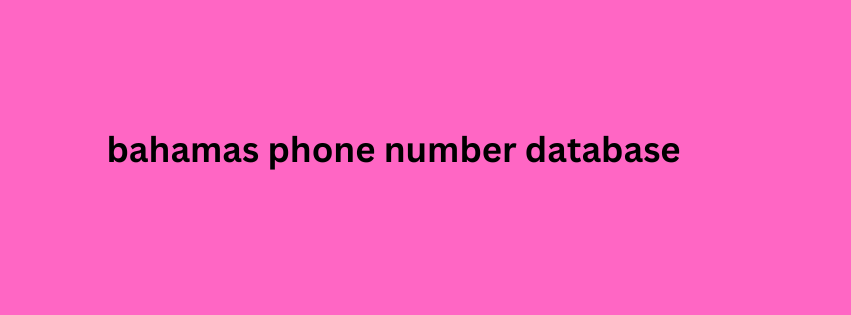User-generated content (UGC, but also known as consumer-generated content) is a powerful way for marketers
The beauty of UGC is that 4 Great Examples of the content is created by someone else – an advocate, a customer, an employee, or a social media follower – rather than the brand itself, so it carries more weight door to this type of content means negativity can creep in.
UGC is a great way to show people the human side behind your product or service. It can make you more approachable, more likable, and ultimately more sellable.
So, let’s find out the nuts and bolts of UGC so you can use it to your best advantage.
What is UGC?
First of all, what is user-generated content (UGC)? As the name suggests, it’s content created by someone else talking about your brand or related somehow to it.
important when making a purchase decision. That’s more phone number list than product comparison charts (39%) or product videos (37%).
The type of UGC content can be in any format such as a video, image, testimonial, blog, live stream, review, or even a podcast.
This image-led example from Nike shows how the brand calls out for UGC to engage its online community. The brand regularly generates and reposts user content on its social accounts linked to hashtags like
Why should you use UGC in your marketing?
The answer to why you should use user-generated content is simple. Because it works!
It’s also a cost-effective way to scale a business and help diversify your content, which can be hard to do when you’re a busy marketer with many balls in the air!
Customers also want authenticity and to feel like they ‘know’ more about who they buy from – something UGC can help with because it comes from people who interact with a brand.
Stat: 57% of consumers will increase their spending with a brand if they connect with it and 76% will buy from it over a competitor – Sprout Social
Ultimately, UGC helps you connect with duk da haka ba lallai ne lamarin ya kasance haka ba customers and followers in a way that’s meaningful and builds trust. It’s known as the modern word-of-mouth, which we all know is very effective in marketing
What’s the difference between UGC and influencer marketing?
Be careful not to confuse these two marketing tactics as they are very different in terms of the way you communicate and engage your audience.
For example, you may have kicked albania business directory off a campaign with an influencer or brand ambassador and discussed what content to use, a posting schedule, captions, hashtags, and so on. This could be a celebrity such as reality star Ariana Madix to leverage a trending drama on Vanderpump Rules with Duracell (see below) or a micro-influencer who’s known and active in your industry.
Types of UGC content
There are many types of UGC content that4 Great Examples of a customer or follower may use to promote your brand or company. These include:
- Social posts or sharing
- Customer reviews
- Case studies
- Referrals
- Community forums
- Webinars or podcasts
- Conferences
- Testimonials
“Some of the content we want to make, we 4 Great Examples of often have to push our operators to push good content and tell their patrons to tag the restaurants so we can pull that into their listings. And (content creators) see value in being featured on that content, and it helps local photographers and creators that are trying to get off the ground.”
Sources of 4 Great Examples of UGC content
It’s important to think about what ‘user’ you are looking to highlight in your UGC content. Are you looking to showcase your company culture or how well you deal with customers?
Think about what you want to promote and who you want to reach out to when you call out for and share user-generated content. Here are three key groups to consider.
1. Customer-generated content
Customer-generated content is the most effective form of UGC.
No one takes blind chances on services or products anymore – consumers know how to do their homework, and they’ll make sure it’s done thoroughly.
Besides promoting personalized user reviewers who take social media platforms by storm with your brand name held high, when UGC is done correctly, it will refer customers to you.
Here’s a great example of a TikTok post from Megan Gilbert, showing Admont Abbey library in Austria. The video amassed nearly 7 million views and over 31,000 comments.
She’s a regular person and not a professional marketer or influencer – and that’s what makes this UGC so impactful.
This word-of-mouth marketing strategy creates an added layer of authenticity, trustworthiness, and desirability among customers.
2. Employee-generated content
Brand messages are re-shared 24 4 Great Examples of times more frequently when distributed by employees than by the brand using its own channels.
While this is not the most effective UGC type, it definitely has its benefits – especially if you’re just starting out.
People will trust another person over a faceless company or crafted mission statement any day. If you don’t yet have a large following on social media or a group of people to choose a customer user from, consider encouraging and promoting employee-generated content first.


